
by Claire Anne Brule | April 28, 2022 | Artificial intelligence, European legislation, News

Last Saturday, the European Commission has reached a political agreement on the rules governing digital services in the EU and published the Digital Services Act (DSA). The DSA and the DMA form a single set of new rules. The Digital Market Act (DMA), on which an agreement was reached in March, is dealing with anti-competition practices. The DSA also updates an e-Commerce Directive adopted in 2000, at the beginning of the internet era. The purpose is to regulate abuses and end lawless zones. Thierry Breton, the European Commissioner for Internal Market, summed up the scope of the future regulation by saying that “everything that is prohibited offline must be prohibited online”. Due to the wide-reaching impact that digital exchanges have on our life, this latest update was necessary in order to regulate commerce and services, as well as information and personal interactions. As an example of e-commerce’s considerable market share, over the past year it was estimated to account for 14% of all retail trade (product sales), and according to Fevad, it continues to grow steadily. Today 39 million French citizens make online purchases via 127,000 e-commerce web sites and 300,000 points of sale (POS), with 14 million paying by phone.
There is a significant link between these business platforms and social media networks. In 2020, a YouGov study found that 31% of the French made online purchases via social networks, and the statistics were 7% higher for the 18-34 age group. These transactions are mostly generated by social networks like Facebook, Instagram… When people share ideas, social content, and photos, business readily comes into play.
The DSA regulation is intended to make platforms and social networks more responsible. The regulation aims to prosecute every illegal act in the virtual world: illegal content, hate speech, sale of defective products, disinformation, attacks on minors and their mental health, etc. The platforms reaching more than 10% of the 450 million consumers in Europe will have stricter obligations. ‘‘Transparency and means obligation’ includes more information on the algorithms used for suggesting products or services. This means that national authorities will now be able to access these algorithms to better control how the information is processed. The use of artificial intelligence (AI) for commerce keeps growing. Famous scandals, such as the 2016 US presidential election have highlighted, for the average user, the strategic risks involved in data collection, its ownership and how it is used. Profiling the data produced by the user across social networks and platforms is a well-known and highly developed technique. “Tell me what you purchase and what sites you consult, and I’ll tell you what you want.” Having access to an individualized service provided by personalized algorithms must not conceal the risk of a loss of freedom: the purpose is not to lock the user into a preset and unchangeable profile.
This new regulation must be closely examined to ensure it doesn’t infringe upon the freedom of expression. Already in France, the Constitutional Council had canceled several measures in the “Avia” law which was meant to fight online hate speech. The inherent risk, denounced by a wide scope of political parties, was a risk of undue censorship from private web platforms, since no judge was in charge controlling the censored contents.
Some observers have referred to our times as the era of “homo numericus”, leaving homo sapiens behind, leaving the era of “cogito” – the ability to think – behind, and entering the era of “connecto”. Descartes’ famous declaration: “I think, therefore I am” has now become “I am connected, therefore I exist”! The challenges for the upcoming years include understanding the technology we use, while staying in control of the tools and data. Human beings must not become variables compelled to adjust to the all-powerful, globalized market. Alliance VITA’s propositions for the upcoming elections include these issues, which are regarded as a priority for humanity.
Over and above these important political and economic challenges, different perspectives of human life are emerging. Human life is not simply a connection, that can be unplugged after producing or consuming data. Human life is an absolute principle which can never be completely possessed and controlled.
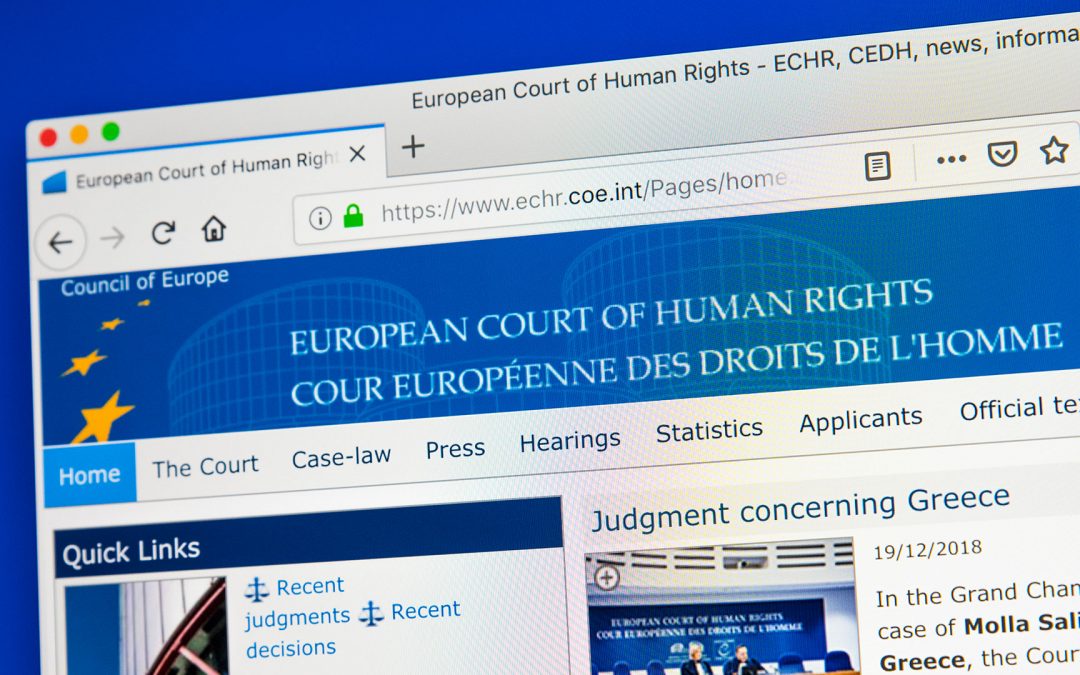
by Claire Anne Brule | April 22, 2022 | Euthanasia and Suicide, News, suicide
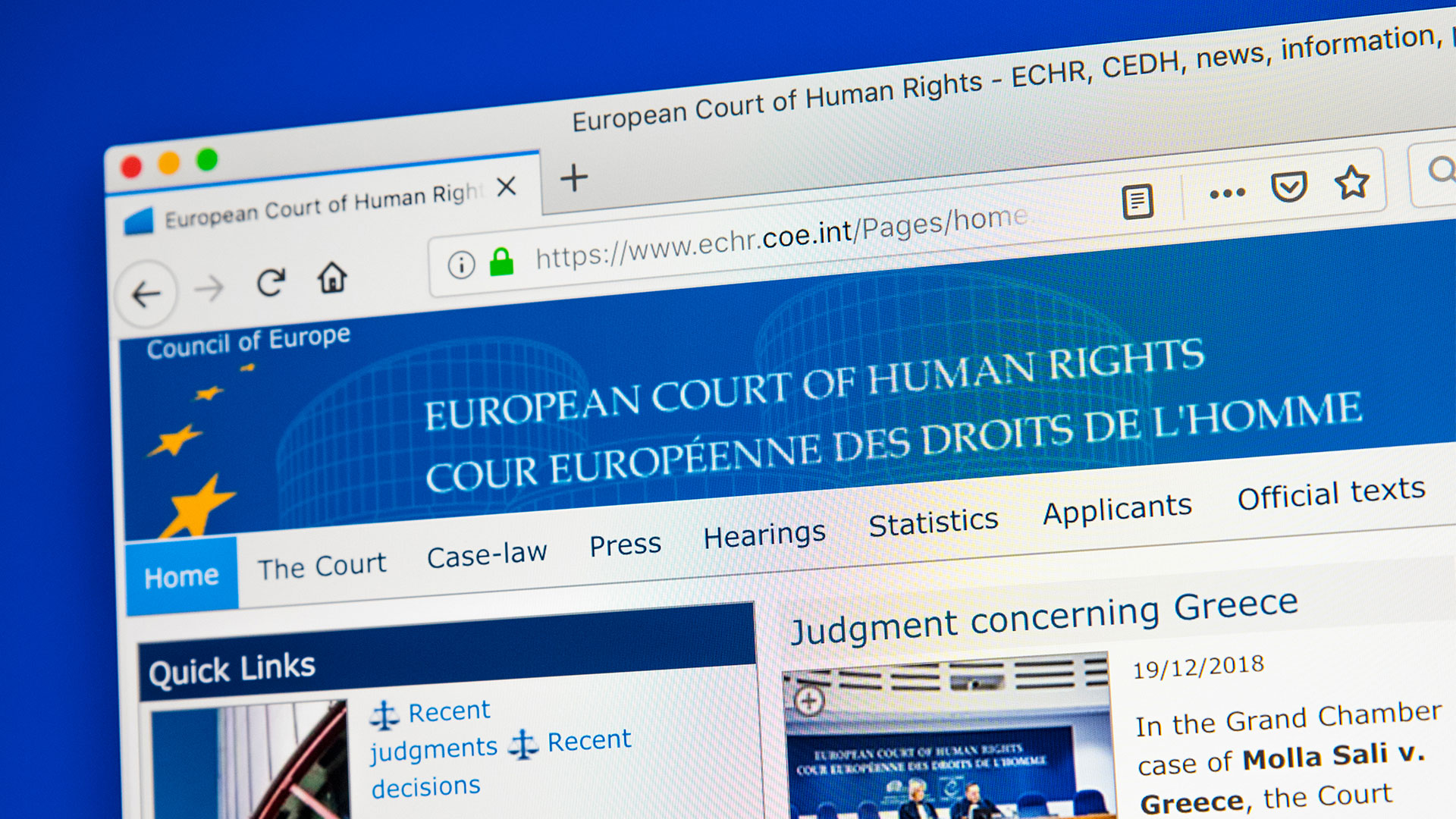
In the recent court case between a Danish euthanasia activist, Mr. Lings, versus the Kingdom of Denmark (Lings v. Denmark) the European Court of Human Rights (ECHR) ruled that the European Convention on Human Rights “does not guarantee the right to assisted suicide.”
Svend Lings, is the founder of “Physicians in Favor of Euthanasia” (Læger for Aktiv Dødshjælp), an association that promotes assisted suicide. He authored and published a guide, legally permitted by Danish law, on how to commit suicide. In 2017, after he publicly admitted to having performed an assisted suicide, the Order of Physicians withdrew his license to practice medicine. Subsequently, in September 2018, he was charged and found guilty of prescribing lethal products to two people who wanted to commit suicide. On appeal at the High Court, he was convicted on these 2 counts as well as an additional case for attempted suicide, which was then upheld by the Danish Supreme Court. Mr. Lings was finally sentenced to 60 days’ imprisonment, and suspended, in consideration of his old age.
Maintaining that he had merely provided general advice about suicide with his guidebook, Mr. Lings filed an appeal with the ECHR, claiming that his conviction violated Article 10 of the European Convention on Human Rights on the freedom of expression. Indeed, he claimed that he only informed the three people by distributing his publication entitled “Drugs Indicated for Suicide“.
However, the former doctor was charged and convicted of actively participating in assisted suicide, which has been unlawful in Denmark since 1930. Although in France even the act of promoting suicide and its’ methods is punishable under law, publishing such a guide is permitted under Danish law. Nonetheless, Section 240 of the Danish Criminal Code, specifies that “anyone who assists someone in deliberately ending his life shall be sentenced to a fine or imprisonment”.
In this particular case, the accused doctor had not only transmitted information, but he also procured lethal medication (Fenemal) for two people. In addition to the drug overdose, he advised a third “to put a plastic bag over her head, then close it with a rubber band around her neck”. One of the three survived and “had even recovered full mental health following use of prescription drugs.”
The ECHR upheld the Danish Supreme Court’s conclusions: Mr. Lings’ freedom of expression (article 10 of the Convention) has not been violated, and his sentence was not excessive. Indeed, the ECHR declared that the Danish Supreme Court has a legitimate duty to protect its’ most vulnerable members and that its’ judgment could be regarded as “necessary in a democratic society”. The Court also emphasized that no right to assisted suicide exists under the Convention. Each member State has a “wide margin of appreciation” on this issue, due to the moral aspect of assisted suicide and because there is no consensus among Council of Europe’s member States.

by Claire Anne Brule | April 15, 2022 | End of life, Euthanasia and Suicide, News

In Belgium, after the number of declared euthanasia cases substantially decreased in 2020, a record high has been announced for 2021, the highest number since it was legalized 20 years ago. Indeed, in 2021 there were 2699 acts of euthanasia performed, among which 430 for individuals whose death was not expected in the near future.
The Federal Commission for the Control and Evaluation of Euthanasia published these figures which will undergo a detailed evaluation in the next biennial report covering the data from 2020 and 2021.
Since euthanasia was legalized in 2002, the number of cases has increased tenfold, with the exception of a 10% decrease in 2020, which has been analyzed by the European Institute of Bioethics. Some suggested that euthanasia had been postponed for cases without a diagnosis of imminent death.
Others have pointed out the discrepancy between “the increased commitment by caregivers (and society in general) to protect the health and lives of all citizens, especially the elderly or vulnerable.”
However, several legal requirements intended to operate as safeguards in the Belgian law, fail to operate as such. A study published in the Journal of Medicine and Philosophy in 2021 deplores that the legal boundaries have been constantly changed. Another shortcoming is clandestine euthanasia. In Flanders, a region where 75% of the requests originate, 30% of euthanasia cases may go undeclared.
In particular, there is a move towards accepting euthanasia for mental pathologies or poly-pathologies, with a degree of subjectivity as to the consideration of the incurable condition and the criteria of continual and intolerable suffering which cannot be relieved. Timothy Devos, a Belgian doctor who coordinated the contributions to the book “Euthanasia: behind the scenes”, declared in an interview with the daily La Croix: “There have been worrisome developments. Initially, there were requests for serious and incurable diseases, with a short-term life-threatening prognosis. (…) Now elderly people are requesting euthanasia when they suffer from incontinence or from AMD (age-related macular degeneration affecting vision). Although these conditions may be incurable, they are not fatal.” In fact, the commission’s 2021 report includes euthanasia carried out for a non-fatal eye disorder.
There are also serious issues concerning euthanasia for those with mental illnesses. Canadians are currently debating such an extension, barely 5 years after legalizing “MAiD, or medical assistance in dying”. Ariane Bazan, Clinical Psychology professor at the Free University of Brussels, emphasizes that the criteria of mental suffering and incurability must not be separated. In an article she points out that the “option of euthanasia” for patients with a mental illness weakens and belittles them. “By integrating the principle of euthanasia into the healthcare network, its’ overall solidity is compromised. Indeed, when the desire for life is negotiated under the threat of death the patient will try to spot the slightest loss of confidence on the part of the therapist. Suggesting the option of euthanasia will only confirm his despair, signaling that his life is not valued, at least not in the only way that counts to him, that is to say, in an unconditional way. »
For further information
https://www.alliancevita.org/2021/04/bilan-de-leuthanasie-en-belgique-de-2002-a-2020/
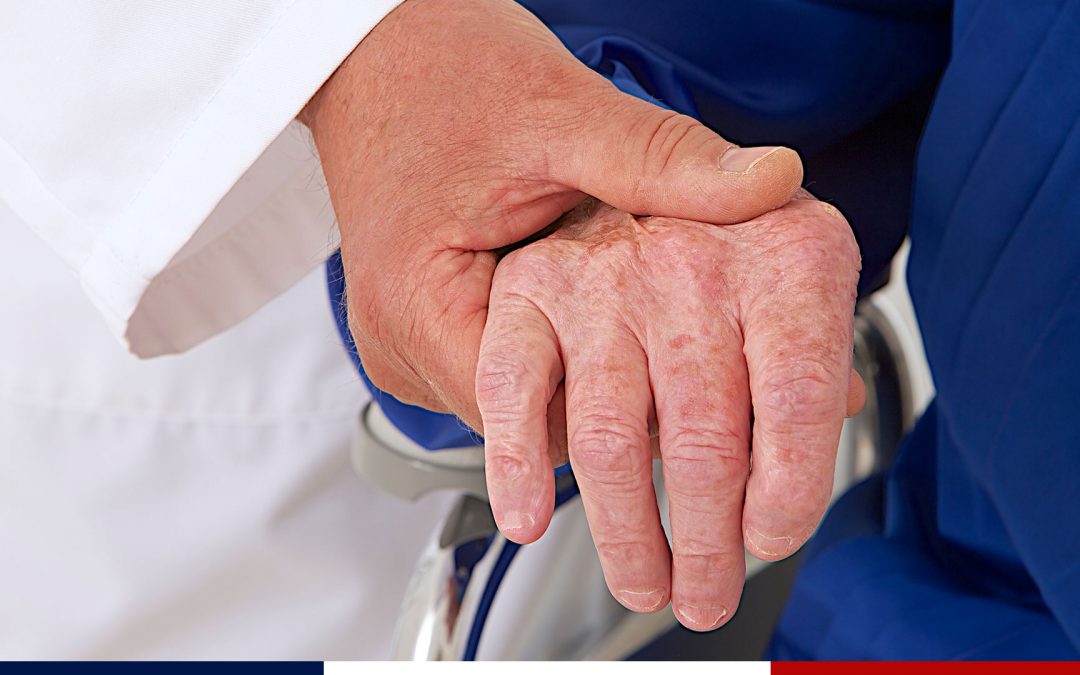
by Claire Anne Brule | April 15, 2022 | End of life, Euthanasia and Suicide, News
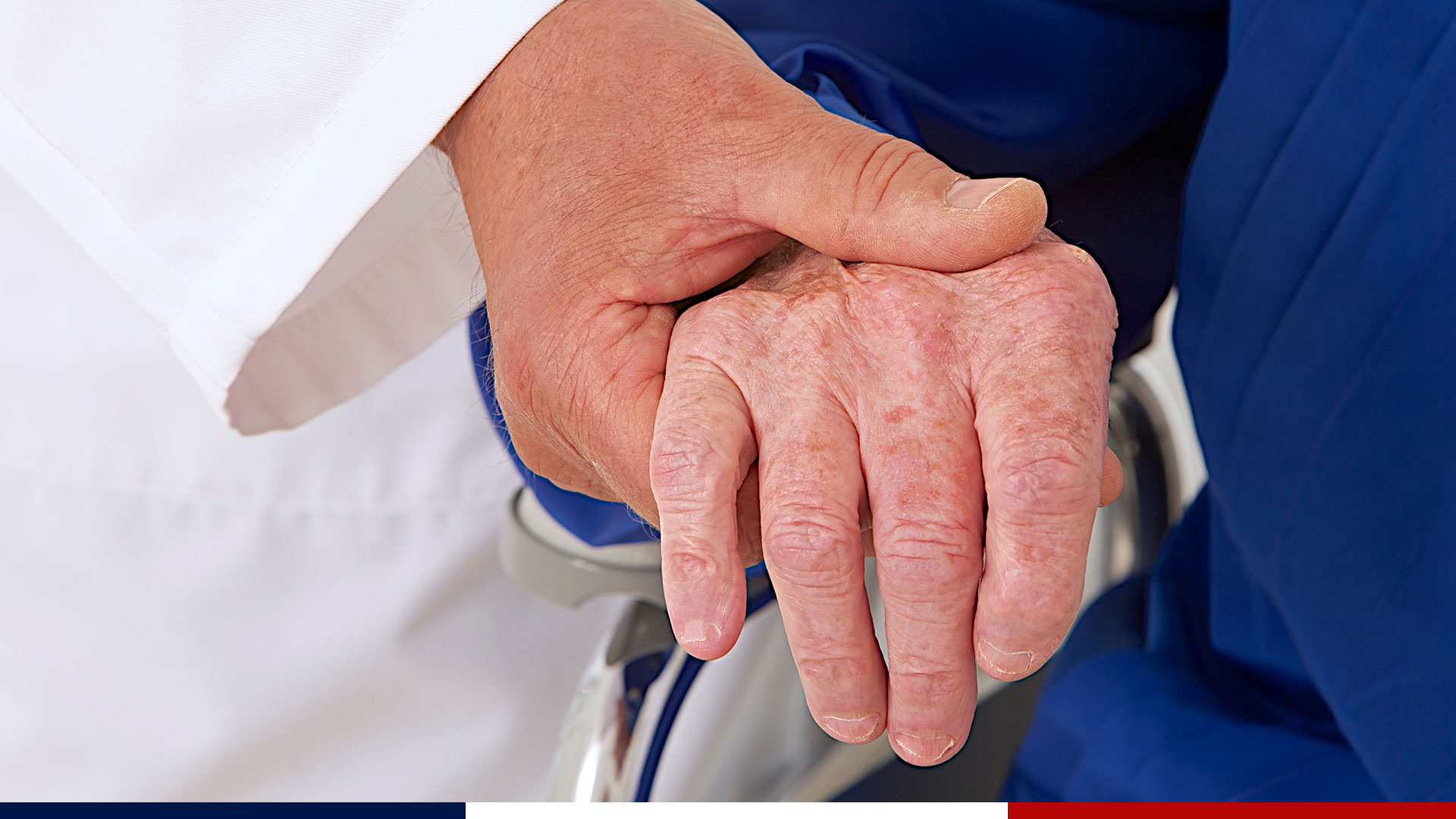
According to Richard Ferrand, the president of the French National Assembly, and a supporter of President Macron, “the right to die with dignity” will be Emmanuel Macron’s “huge social reform” if he is re-elected for another 5-year term.
Announced on “France Info”, the national radio station, following the first round of presidential voting, this was a blatant attempt to turn this sensitive issue into a political ploy and score points with the left. With Jean-Luc Mélenchon’s defeat in the first round, the votes from his leftist supporters are up for grabs (22%) and could influence the outcome of the presidential race…as if one could buy votes by lifting the ban on killing.
By proposing a citizens’ conference on the end-of-life, Emmanuel Macron is continuing his tried-and-true method used during the National Bioethics’ Conferences: appear to listen but finally give in to the most radical demands. ‘At the same time’ as Emmanuel Macron often says, just a few days after this announcement, he left little doubt about his viewpoint when he praised the Belgian laws decriminalizing euthanasia, while campaigning in the Charente Maritime region. Nonetheless, his entourage has reiterated that he refuses to impose his personal position regarding bioethical issues on the “whole country”.
End-of-life care should never be bartered to satisfy an electoral niche. It is first and foremost a social and humanitarian issue which should be prioritized in the next five-year presidential term.
Rather than give in to those who insist on lifting the ban on killing:
it is urgent to support the ageing and end-of-life care;
it is urgent to make a law on old age and autonomy;
it is urgent to fight against the social death of the elderly who have become dependent;
it is urgent to make palliative care accessible everywhere;
and it is urgent to develop and strengthen intergenerational bonds.
Lobbying for electoral niches causes democracy to regress. In this instance, it has led to a breach of social cohesion where the most vulnerable will be penalized. Alliance VITA continues to insist that humanity must be at the heart of public policies.
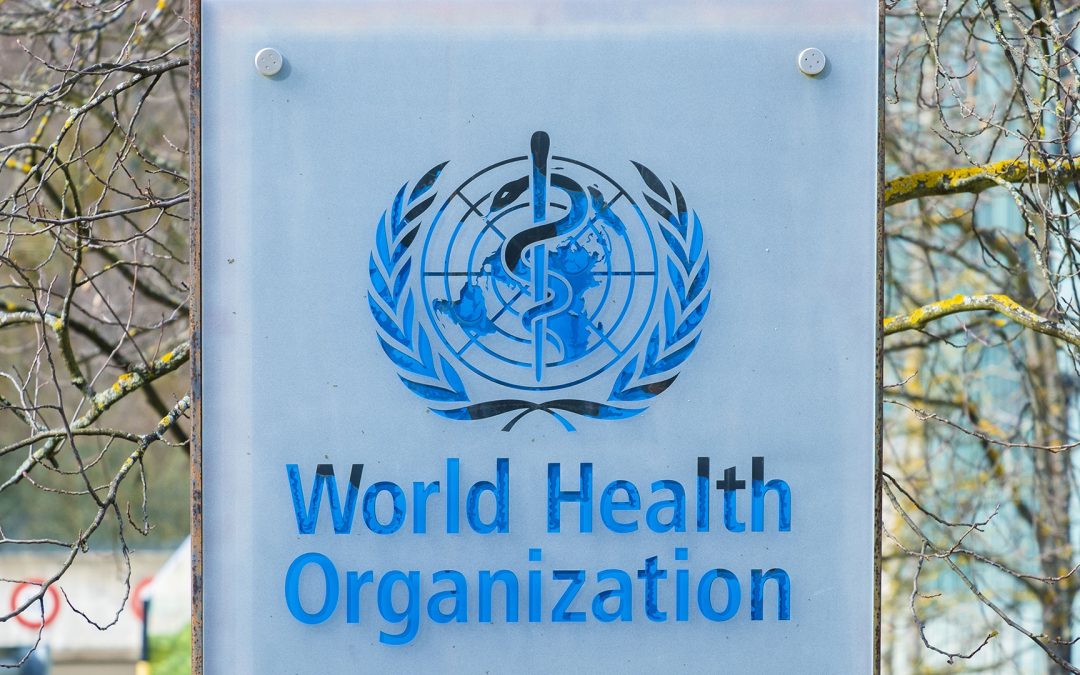
by Claire Anne Brule | April 8, 2022 | Abortion, News, Publications
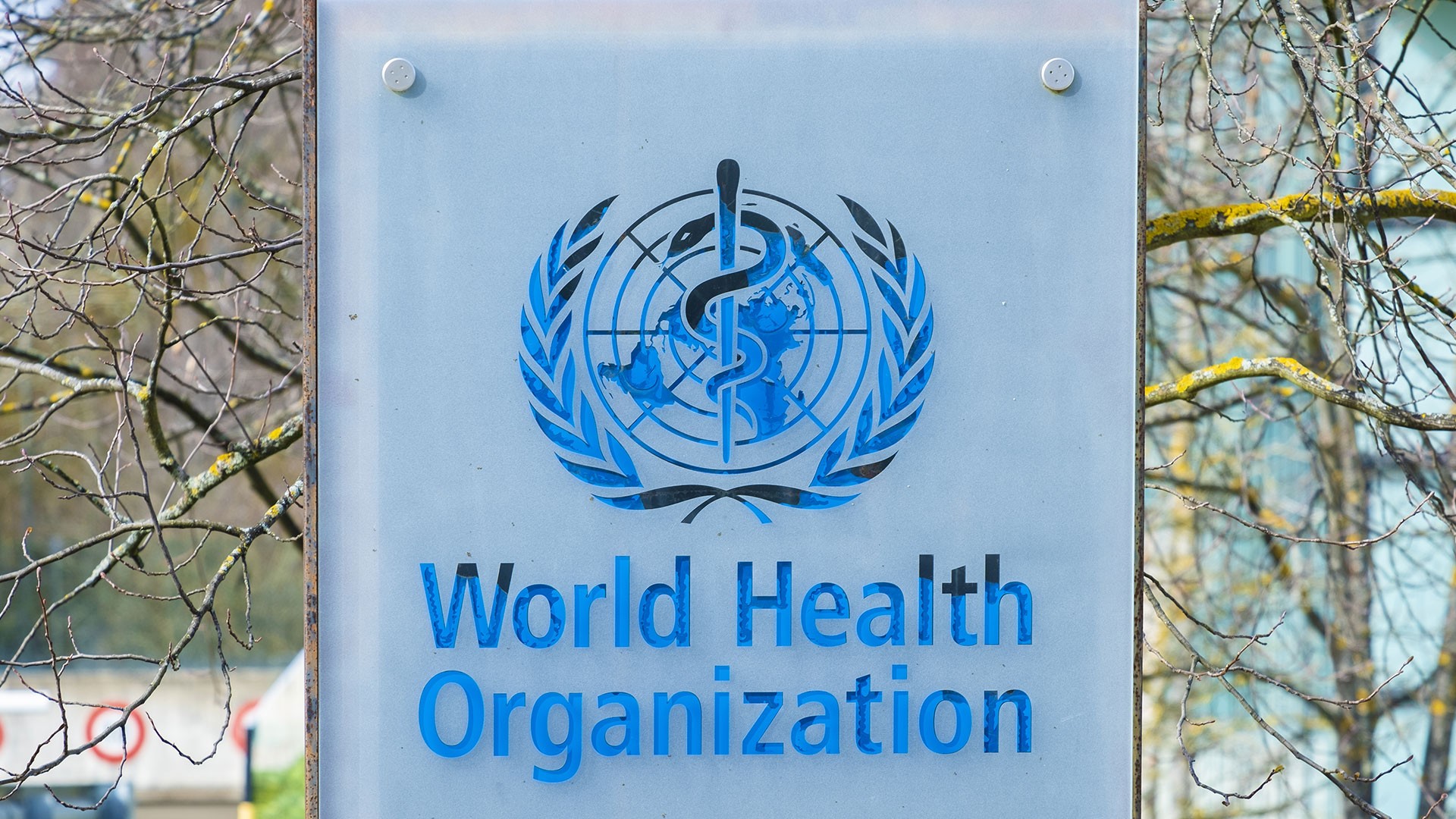
Analysis – April 2022 (continued)
In its latest abortion guidelines, the WHO issued many, not only medical but also political, recommendations in order to limit the risks of unsafe abortion on women’s health. In our previous analysis, we questioned the reliability of the WHO’s abortion-related maternal mortality figures.
In this analysis, we are studying how WHO is trying to link legal abortion restrictions to the precarity of women’s health as a tactic to promote unlimited access to abortion.
“The data prove that limiting access to abortion does not reduce the number of abortions.”
This assertion comes from an article published in The Lancet Global Health Journal [1] in July 2020. The dubious methods of calculating estimates were previously investigated in our first analysis. In particular, the authors indicate that between the periods 1990-95 and 2015-19, the estimated abortion rate in countries with liberal abortion policies has decreased by 43% excluding China and India. Conversely, in countries with strict abortion laws there was an estimated 12% increase (with a possible margin of error between -4% to +30%. Thus, according to the model’s uncertainty interval, it is even possible that abortion rates decreased. The authors justify the exclusion of China and India by the fact that “averages were significantly shifted since these countries represent 62% of women of reproductive age”. While it might be understandable to exclude China due to the coercive one-child policy in vigor until 2015, it is difficult to understand why India’s results would be excluded from their study.
Indeed, an in-depth analysis of the figures of article [1], reveals that the conclusions are strongly influenced when the data from China and India are excluded. These 2 countries alone represent nearly 3 billion of the 7.9 billion inhabitants on earth.
- When China and India are excluded from the statistics for the countries having legalized abortion, the rate changes from 40 abortions per 1000 women of childbearing age to 26 per 1000. This results in a striking difference of 35% in abortion rates! Indeed, when China and India are included, there is only an 8% decrease, with a margin of error of – 20% to + 9% (which is within the model’s uncertainty interval) instead of the -43% decrease in abortion rates mentioned in the WHO’s press release.
- For the most recent period 2015 – 2019, the abortion rate in countries where abortion is legal is estimated at 40/1000 including China and India while it is estimated at 36/1000 in countries where abortion laws are more restrictive. Furthermore, in countries where abortion is legal, the abortion rate appears to have increased by 11%. Moreover, this difference increased to 33% for the period of 1990-1995 (44/1000 versus 33/1000).
Thus, in contrast to the WHO’s conclusions, the model-derived “data” show that the number of abortions increase when abortion is legalized.

“In countries with the most severe restrictions, only 1 in 4 abortions is safe, compared to nearly 9 in 10 in countries where it is extensively legalized.”
This assertion comes from an article published in The Lancet in November 2017 [2] which uses estimates based on a statistical model since real data was not available (method described in our previous analysis).
The authors estimate that there are only 25% “safe” abortions for the 62 countries where abortion is banned or where it is only allowed to protect the mother’s life or her physical health. This average estimated value has a very wide margin of error of 14.5% to 41%, thus demonstrating the little efficacy of this model to make estimates.
When comparing these same countries for “least safe” abortions, the estimates range from 21% to 41.9%, with an average of 31.3%. As noted in our previous analysis.
“Remove political obstacles, unjustified from a medical point of view, to safe abortion, such as (…) extending the deadlines on when abortion can be performed.“
Among its recommendations, the WHO states that “Gestational age limits have been found to be associated with increased rates of maternal mortality”. This statement comes from a compilation of WHO articles referenced in “Supplementary material 1: Evidence-to-Decision frameworks for the law and policy recommendations” in the abortion care guidelines.
Among the publications relating to the system costs, one study [3] evaluated the link between abortion deadlines and maternal mortality. This US study [3] concludes that “states that enacted legislation to restrict abortions based on gestational age increased the maternal mortality rate by 38%, compared to states that have not done so”. This same conclusion is reiterated on page 130 in the WHO’s “Supplementary material 1”.
First of all, this study was carried out in the United States, [3] and therefore some factors are inherently specific to this country. (Ever since the Roe vs. Wade decision in 1973, federal law has guaranteed the right to abortion. Nonetheless, each state has its own abortion laws which means that state laws vary from quite permissive to extremely restrictive. Moreover, another factor to consider in the abortion equation is that in the United States, this procedure is not reimbursed by state healthcare, but rather by the mother’s private healthcare policy…) Therefore, it is highly questionable for the WHO to extrapolate the conclusion of this specific study to a global level.
In addition to this limitation, several other problems become apparent when delving deeper into this publication (a summary of which is available here).
- In this study, maternal mortality figures included other causes of death, such as hemorrhages, hypertension and sepsis, and not just those related to abortion.
- The study only compiled data for 39 of the 50 states. Why were 11 states excluded, including California, with a population of 40 million out of the total of 330 million Americans?
- According to the study, “between 2007 and 2015, twelve of the states in our study enacted laws that restrict abortion based on gestational age. We found that these changes were significantly related to increases in maternal mortality.” The study didn’t take the introductory date for abortion deadlines into account when enumerating the total number of maternal deaths for the period of 2007 – 2015. For example, in the states of Wisconsin and Ohio, the laws specifying abortion deadlines were only enacted in 2015. How can a higher death rate for an earlier period (2007-2015) be attributed to these newly enacted restrictive laws?
- Furthermore, by compiling the available figures in addition to the previous misgivings, it appears that the numerical conclusions are false. Out of the 12 states that have enacted abortion deadlines, the overall maternal mortality (including all causes and not just abortion) is 19% higher than the other 27 states, and not 38%, which is the figure retained by the WHO.
It is essential to conduct a serious study on the causes of maternal mortality, including the quality of healthcare systems, and its accessibility.
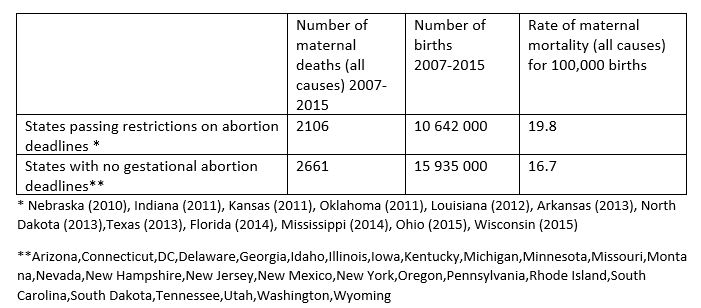
Scientific bibliography
[1] Unintended pregnancy and abortion by income, region, and the legal status of abortion: estimates from a comprehensive model for 1990-2019, Guttmacher Institute, WHO, University of Massachussets, July 2020, The Lancet Global Health Journal https://www.thelancet.com/journals/langlo/article/PIIS2214-109X(20)30315-6/fulltext
[2] Global, regional, and subregional classification of abortions by safety, 2010–14: estimates from a Bayesian hierarchical model, Guttmacher Institute, WHO, University of Massachussets, November 2017, The Lancet Journal https://www.thelancet.com/action/showPdf?pii=S0140-6736%2817%2931794-4
[3] Impact of State-Level Changes on Maternal Mortality: A Population-Based, Quasi-Experimental Study, Summer Sherburne Hawkins, Marco Ghiani, Sam Harper, Christopher F Baum, Jay S Kaufman, American Journal of Preventive Medicine 2020 Feb;58(2):165-174. Abstract available here: https://pubmed.ncbi.nlm.nih.gov/31859173/ Data available here: https://www.ajpmonline.org/article/S0749-3797(20)30236-1/pdf












